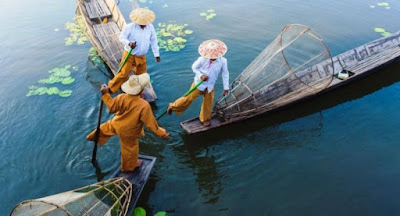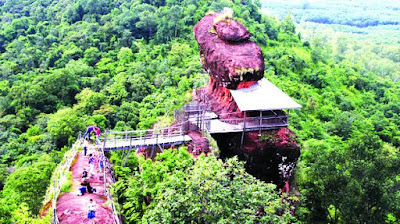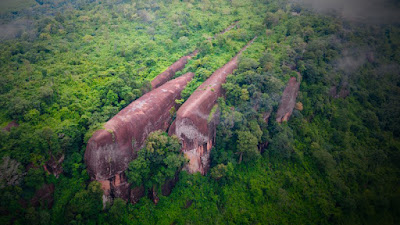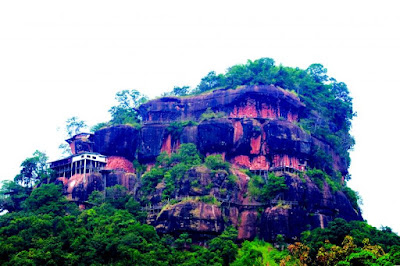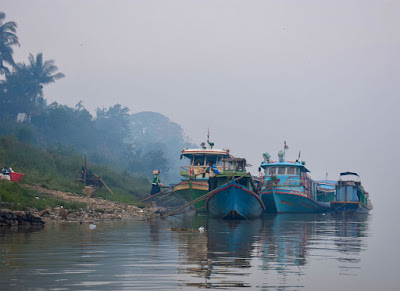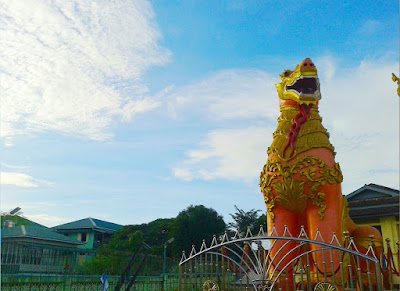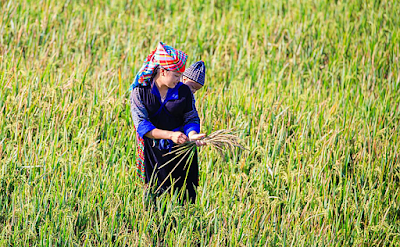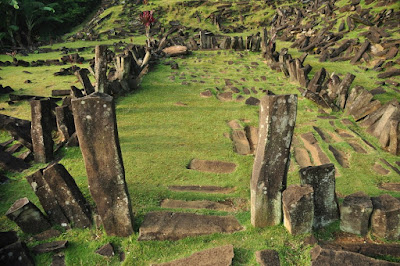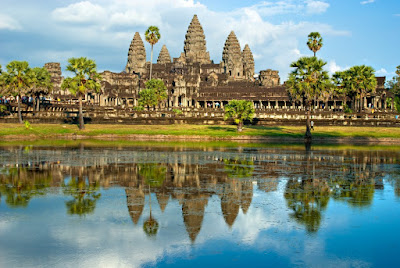Riau Islands ranked second after Bali as Indonesia’s most-visited destination for foreign tourists with over 2.5 million international visitors in 2019, making it one of the most crucial hubs for the government’s ongoing efforts to bolster tourism in cross-border regions.
Riau Islands acting governor Isdianto said the total number of foreign visitors recorded last year surpassed the target of 2.3 million originally established in the region’s medium-term development plan (RPJMD).
“I am optimistic that tourism will count among the main sources of income for Riau Islands in the near future, alongside fisheries and agriculture,” Isdianto told The Jakarta Post on Tuesday.
He said the majority of foreign tourists visiting throughout 2019 mostly consisted of those from neighboring Singapore and Malaysia. The province welcomed an influx of international visitors from the two countries last year, he added.
“We expect the number of foreign tourists visiting Riau Islands in 2021 to surpass that in Bali,” Isdianto said.
He went on to say that the local administration had taken several measures to maintain and improve the province’s currently positive performance in tourism, such as teaming up with more private firms to organize events that appealed to foreign visitors, as well as adding more tourist amenities and infrastructure to ensure their convenience.
“We aim to increase the budget for tourism. We already have around 100 tourist events planned this year,” Isdianto said, adding that sports tourism had been a major attraction for foreign tourists, alongside culinary events.
Five of the 100 events expected to bolster tourism in Riau Islands this year are included in the Tourism Ministry’s 2020 Calendar of Events. The five major events are the Bintan Iron Man 70.3, Bintan Triathlon, Tour de Bintan, Kenduri Seni Melayu and Penyengat Island Festival.
“We will make Penyengat Island more attractive to foreign tourists. The island is home to a wealth of Malay cultural legacy,” Isdianto said.
Data from the ministry show that Bali, Riau Islands and Jakarta were the three biggest contributors of foreign tourists to the country throughout 2019. Bali ranked first with the most international visitors (38.47 percent), followed by Riau Islands (17.37 percent) and Jakarta (15.21 percent) in second and third places, respectively.
Riau Islands acting governor Isdianto said the total number of foreign visitors recorded last year surpassed the target of 2.3 million originally established in the region’s medium-term development plan (RPJMD).
“I am optimistic that tourism will count among the main sources of income for Riau Islands in the near future, alongside fisheries and agriculture,” Isdianto told The Jakarta Post on Tuesday.
He said the majority of foreign tourists visiting throughout 2019 mostly consisted of those from neighboring Singapore and Malaysia. The province welcomed an influx of international visitors from the two countries last year, he added.
“We expect the number of foreign tourists visiting Riau Islands in 2021 to surpass that in Bali,” Isdianto said.
He went on to say that the local administration had taken several measures to maintain and improve the province’s currently positive performance in tourism, such as teaming up with more private firms to organize events that appealed to foreign visitors, as well as adding more tourist amenities and infrastructure to ensure their convenience.
“We aim to increase the budget for tourism. We already have around 100 tourist events planned this year,” Isdianto said, adding that sports tourism had been a major attraction for foreign tourists, alongside culinary events.
Five of the 100 events expected to bolster tourism in Riau Islands this year are included in the Tourism Ministry’s 2020 Calendar of Events. The five major events are the Bintan Iron Man 70.3, Bintan Triathlon, Tour de Bintan, Kenduri Seni Melayu and Penyengat Island Festival.
“We will make Penyengat Island more attractive to foreign tourists. The island is home to a wealth of Malay cultural legacy,” Isdianto said.
Data from the ministry show that Bali, Riau Islands and Jakarta were the three biggest contributors of foreign tourists to the country throughout 2019. Bali ranked first with the most international visitors (38.47 percent), followed by Riau Islands (17.37 percent) and Jakarta (15.21 percent) in second and third places, respectively.
Indonesian Tour and Travel Agency Association (ASITA) chairman Andika Lim said the fact that 80 percent of foreign tourists visiting Batam and other parts of Riau Islands were from Singapore could be attributed to the accessible transportation options and accommodations between the two neighboring regions.
The association has also noticed a behavioral pattern among foreign tourists in Batam as they tend to visit the region on multiple occasions, indicating the region’s strong appeal.
“[Tourists] are more likely to visit a destination multiple times if they are attracted to the culinary aspect of the region. Local cuisine could entice them to visit a destination over and over again,” Andika said.
The association has also noticed a behavioral pattern among foreign tourists in Batam as they tend to visit the region on multiple occasions, indicating the region’s strong appeal.
“[Tourists] are more likely to visit a destination multiple times if they are attracted to the culinary aspect of the region. Local cuisine could entice them to visit a destination over and over again,” Andika said.
Source - TheJakartaPost


